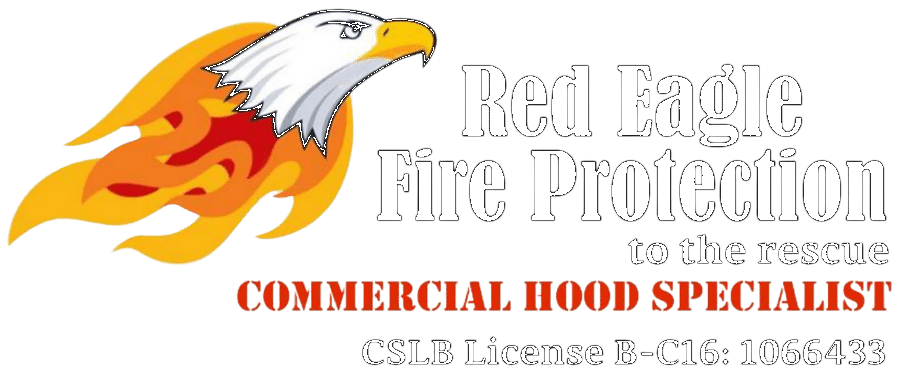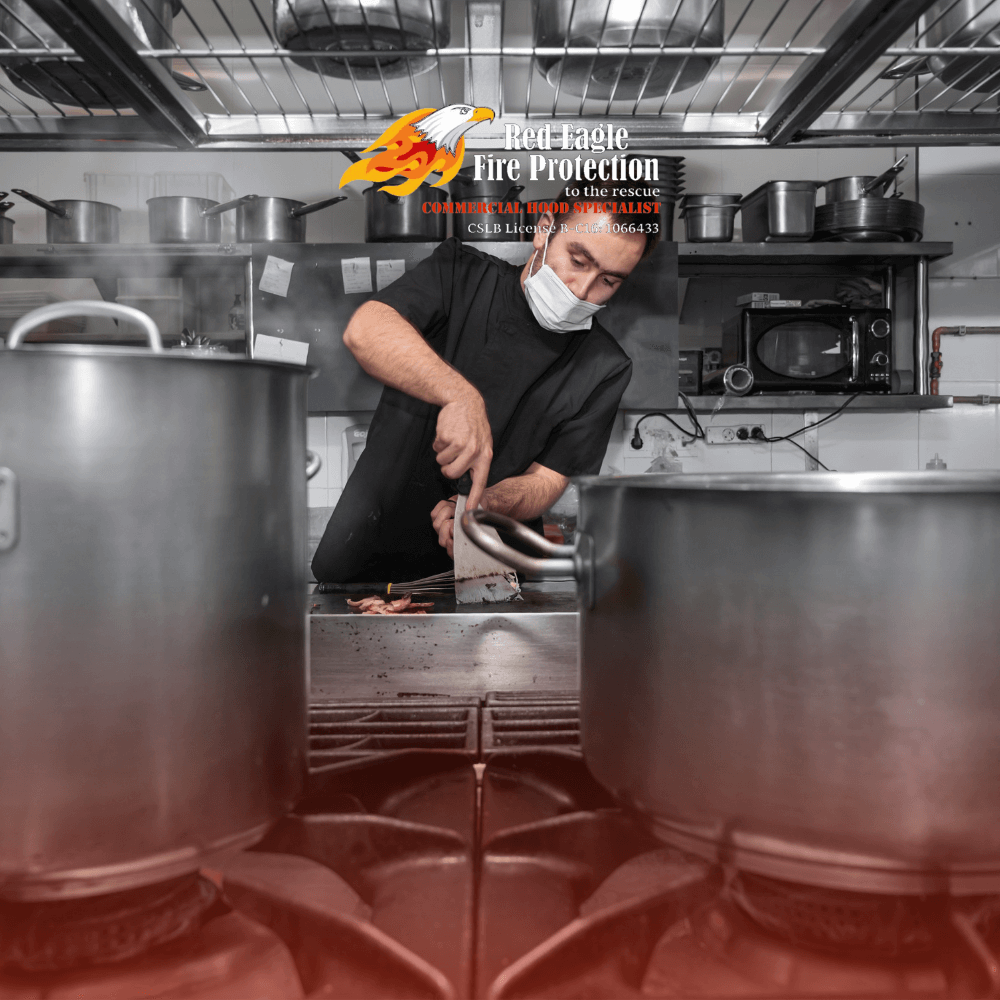In commercial kitchens, safety begins with correct kitchen exhaust hood installation. Exhaust hoods play a vital role in removing smoke, grease, and heat from the kitchen, but when improperly installed, they can become a significant fire hazard. By ensuring the correct installation of exhaust hoods, kitchens can maintain efficient ventilation, reduce fire risks, and adhere to safety standards. Here’s how proper installation safeguards against fire hazards.
The Role of Kitchen Exhaust Hood Installation in Fire Safety
A professionally installed exhaust hood captures and filters out airborne grease, smoke, and heat generated during cooking. If the exhaust hood is poorly installed, it can lead to inadequate ventilation, grease buildup, and even fire. Proper kitchen exhaust hood installation ensures that the system works effectively, keeping harmful particles away from the cooking area and reducing the likelihood of grease fires.
Preventing Grease Accumulation
Grease is one of the leading fire risks in a commercial kitchen. During kitchen exhaust hood installation, the system is designed to capture and vent grease particles, preventing buildup. When installed correctly, the exhaust hood maintains a clear airflow, minimizing grease accumulation in ducts and filters. This controlled airflow is crucial for preventing grease from becoming a fuel source in the kitchen.
Key Elements of Safe Exhaust Hood Installation
Effective kitchen exhaust hood installation addresses several critical components, each playing a role in fire prevention:
- Proper Positioning: The hood must be correctly positioned above the cooking equipment to capture smoke and grease efficiently. Ideal placement ensures that hazardous particles are removed immediately, reducing fire risks.
- Ductwork and Ventilation: Ducts must be properly sealed and directed to vent grease-laden air outside the building safely. Well-installed ductwork supports efficient airflow and reduces the chance of grease buildup.
- Fan Power and Airflow: The exhaust fan should have the right cubic feet per minute (CFM) rating to match kitchen demands. Proper fan power is essential to expel smoke, heat, and grease without overloading the system.
Ensuring Compliance with Safety Standards
Fire safety regulations, including the National Fire Protection Association (NFPA) standards, require regular inspections and specific installation practices for kitchen exhaust hoods. Professional kitchen exhaust hood installation ensures that your system meets these codes, helping your kitchen stay compliant and reducing liability. Compliance also protects the kitchen from potential fines, shutdowns, or increased insurance premiums due to safety violations.
The Advantages of Professional Installation Services
Hiring certified technicians for kitchen exhaust hood installation provides peace of mind. Professionals ensure each component—filters, ducts, and fans—is installed correctly and follows safety guidelines. Their expertise reduces the risk of installation errors, which could lead to poor ventilation or fire hazards. Professional installation also maximizes the efficiency and lifespan of the exhaust hood system, making it a worthwhile investment.
Enhance Kitchen Safety with Proper Exhaust Hood Installation
Proper kitchen exhaust hood installation is essential for reducing fire hazards and ensuring a safe, compliant kitchen environment. By focusing on correct positioning, effective ductwork, and adequate fan power, professional installation supports efficient ventilation and fire prevention. Investing in expert installation services not only protects against fire risks but also maintains a safe, comfortable workspace for staff and customers.
READ MORE:

